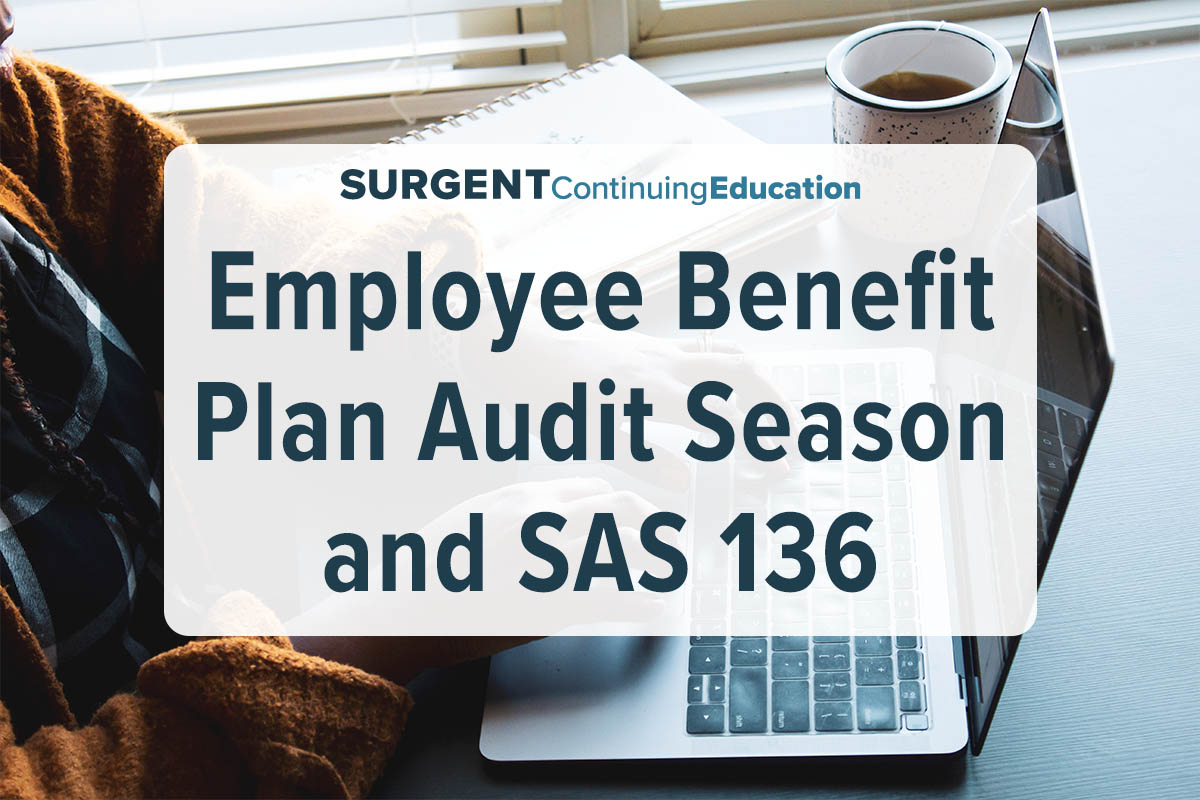Category Archives: Government and Not-for-Profit

As the days get longer, the snow melts and flowers start to bloom, it can only mean one thing – employee benefit plan audit season is almost upon us. The upcoming season of audits of employee benefit plans with Dec. 31, 2021, year ends will be significantly different than in years past, as Statement on […]

Is the Build Back Better Act (BBB) going on a diet? President Biden’s $2.2 trillion spending proposal is showing signs that it’s too big to squeeze through the doors of the U.S. Senate, but advocates believe that losing a few pounds – er, dollars – is just what it needs to win final approval. The […]

Right now, not-for-profits (NFPs) are considering the role of ASU No. 2018-08 (ASU 2018-08), Clarifying the Scope and the Accounting Guidance for Contributions Received and Contributions Made, in the accounting for PPP loans. For example, NFP X received a PPP loan during 2020 and incurred and documented qualifying expenses in conformity with the PPP forgiveness provisions. At […]
Sometimes, not-for-profits and governments can be tempted to not take their grant applications and reporting seriously. However, entities which choose this path do so at their own peril. For example, in March 2019, Duke University agreed to pay the federal government $112,500,000 to resolve claims that it violated the False Claims Act by submitting applications […]
Throughout 2019, not-for-profit entities (NFPs) are implementing ASU No. 2016-14, Presentation of Financial Statements of Not-for-Profit Entities. ASU No. 2016-14 allows flexibility in how and where certain information is presented. Recently, I reviewed the audited financial statements for 20 NFPs which have implemented ASU No. 2016-14 to see the choices they are making. NFPs are […]
While the Yellow Book has been around since 1972, it was the 1988 revision of the standards which first established specific hourly CPE requirements for auditors working on Yellow Book engagements. The genesis of the CPE requirements stems from auditing history and experience as much as anything. When auditors leave college, they typically have little […]
As December 31, 2018, draws nigh, not-for-profits are thinking more and more about the implementation of ASU No. 2016-14, Presentation of Financial Statements of Not-for-Profit Entities. Under ASU No. 2016-14, not-for-profits continue to be required to provide information about expenses by their functional classification either on the statement of activities or in the notes to […]
When in the course of human events it becomes necessary for auditors to implement the 2018 Yellow Book (i.e., financial audits for periods ending on or after June 30, 2020) it is important that they not overlook a new requirement found in the Yellow Book’s quality control requirements. Under the 2018 Yellow Book, at least […]
The much anticipated revision to the Yellow Book has arrived and is available at www.gao.gov. Some examples of changes contained in the 2018 Yellow Book include: The formatting of the new Yellow Book clearly differentiates the requirements from the application guidance. The new Yellow Book adds clarification in the area of independence particularly when auditors […]

Nonprofits with December 31, 2018 year-ends will be implementing ASU No. 2016-14. As this effective date draws near, many are finding a challenging aspect of ASU No. 2016-14 to be the new disclosures related to: (1) how a nonprofit manages its liquid resources available to meet cash needs for general expenditures within one year; and […]




